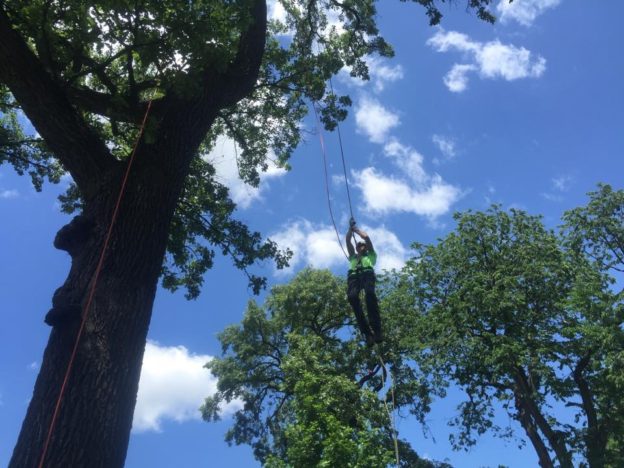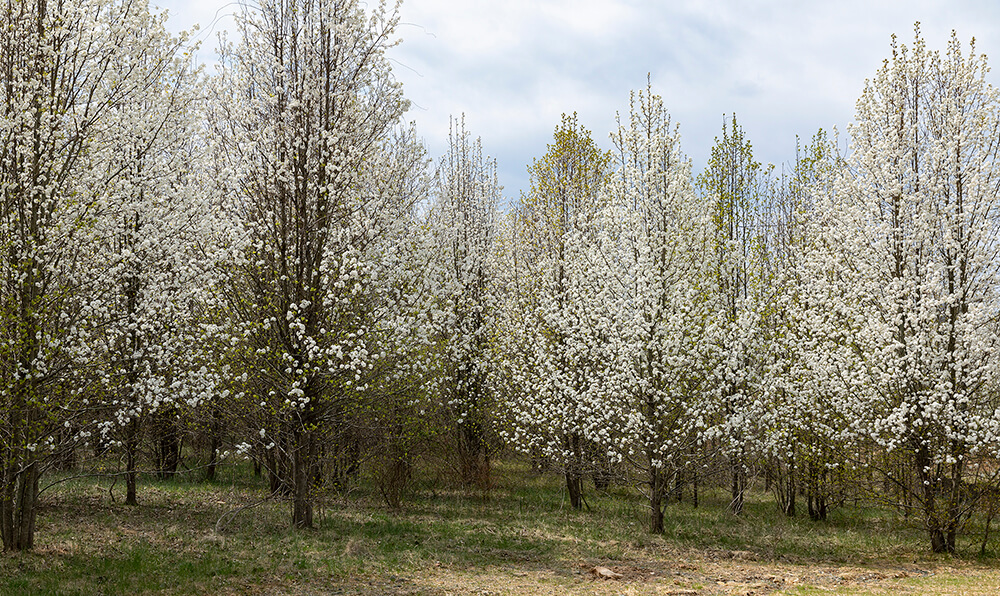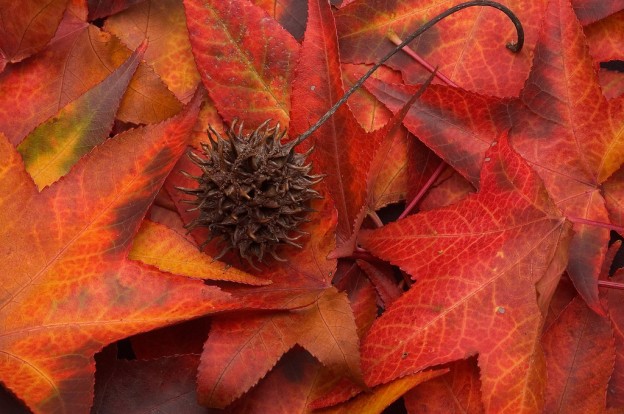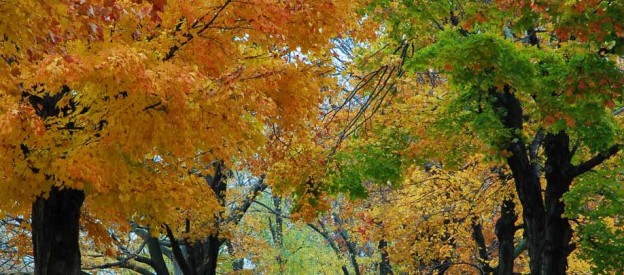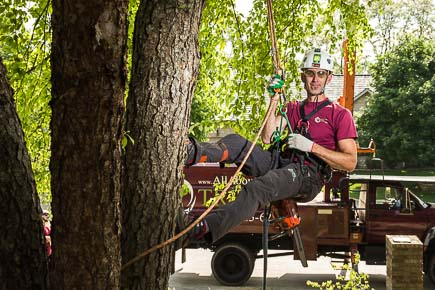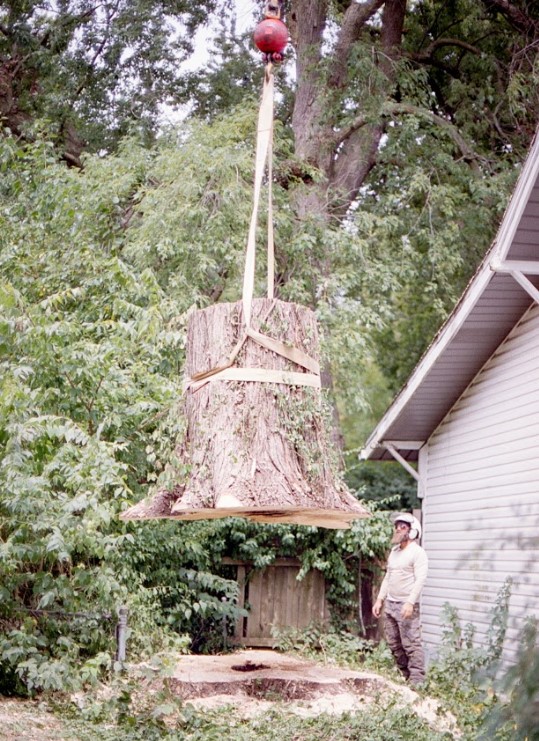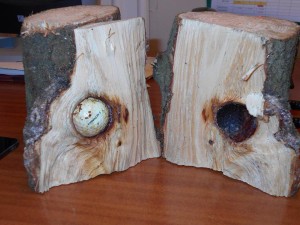NEVER pre-pay for tree work of any kind! I just can’t believe that this is the 4th or 5th story to make the news this year on people getting ripped off by fly-by-night tree service companies in Springfield. At All About Trees, we strongly recommend to never pre-pay for tree work. With nearly all of our jobs, we require payment upon completion of the work. Be wary of any tree care company that requires pre-payment.
Click here to read an example:
http://www.ky3.com/content/news/Cut-and-Run-Tree-trim-service-leaves-Springfield-homeowners-with-brush-piles-407674365.html
Why Hire an Arborist:
An arborist is an individual trained in the art and science of planting, caring for, and maintaining individual trees. Arborists are knowledgeable about the needs of trees and are trained and equipped to provide proper care. Hiring a tree doctor is a decision that should not be taken lightly.
Proper tree care is an investment that can lead to substantial returns. Well-cared-for trees are attractive and can add considerable value to your property. Poorly maintained trees can be a significant liability, as they are prone to breakage, disease, and failure. This can lead to significant property damage in the event of a storm. Pruning or removing trees, especially large trees, can be dangerous work. Tree work should be done only by those trained and equipped to work safely in trees!
We have two ISA Board Certified Master Arborists, as well as seven Certified Arborists. We will be able to get your tree work done safely and efficiently, to improve the quality of your yard.
To view a full list of our services, please go to https://allabouttrees.com/tree-services-tree-trimmers-springfield-mo/
If you would like to schedule an estimate, please give the office a call at 417-863-6214. If you miss us, please leave us a detailed voicemail message with your name, address, phone number, email, and tree concerns. We will get back to you as soon as possible.

